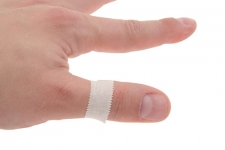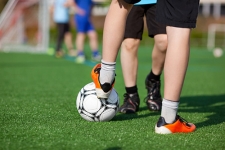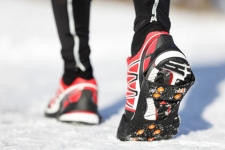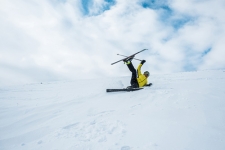Symptoms of Plantar Fasciitis
The condition is common among people who live active lifestyles or are on their feet a lot. Over time, the plantar fascia ligaments wear down because they are essentially shock absorbers for your feet. When too much pressure is put on the ligaments, they can tear and become damaged, resulting in inflammation, heel stiffness and pain.










